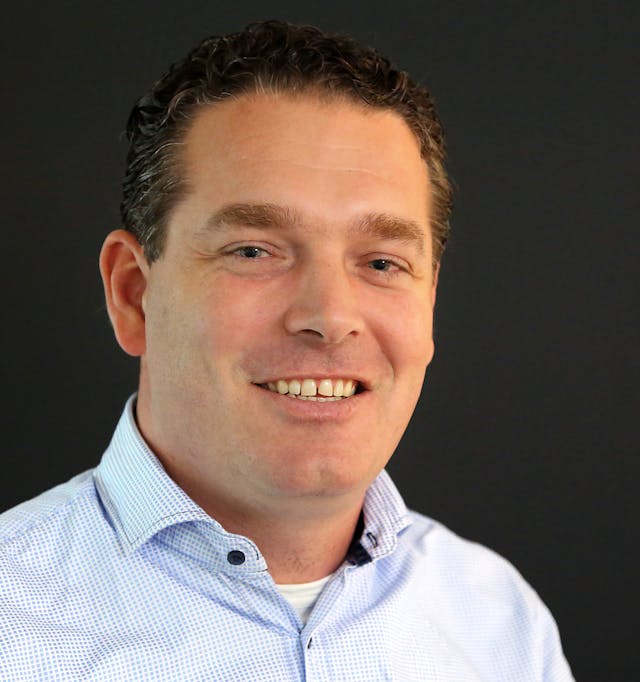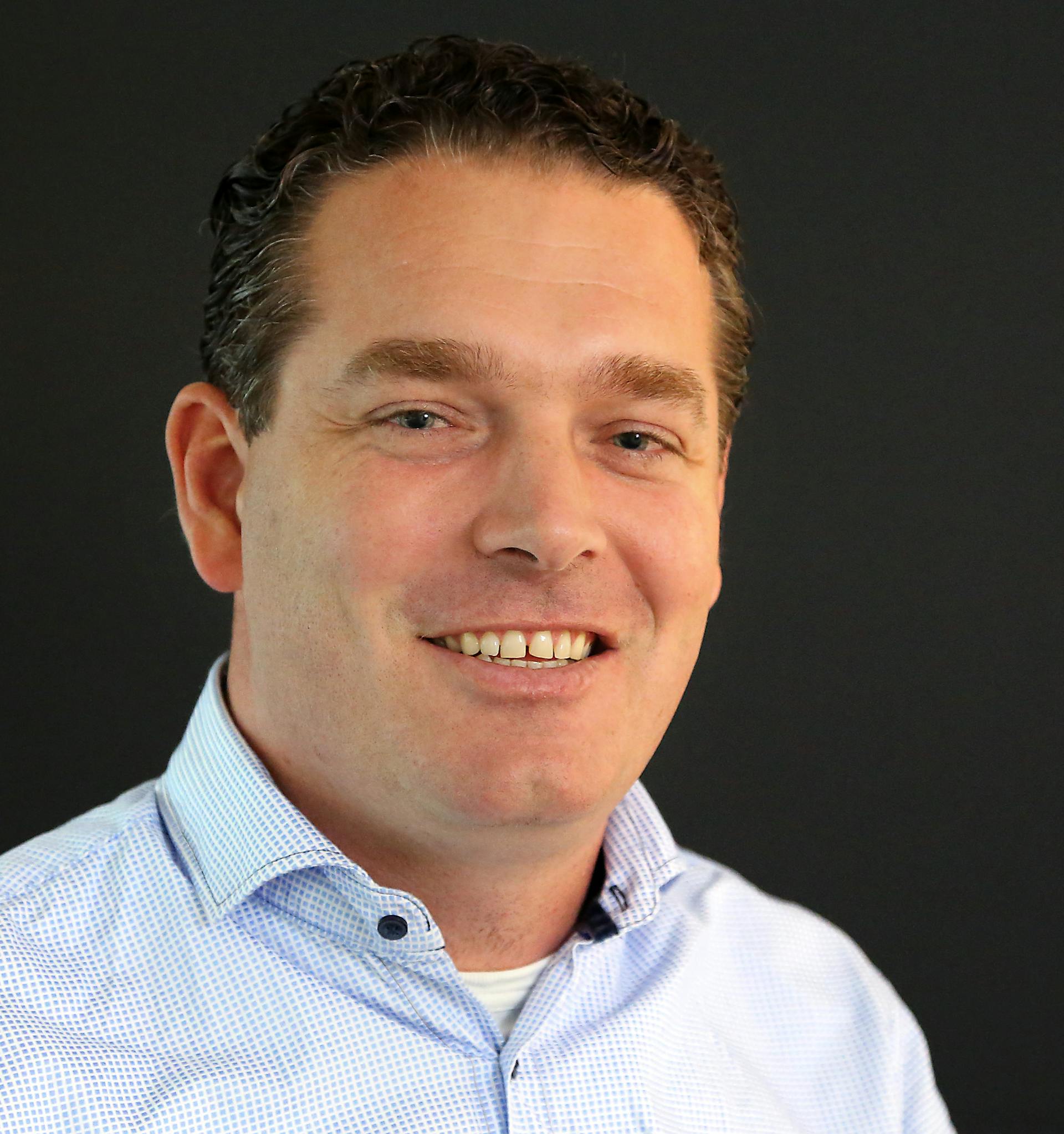Making Invisible Capacity Visible
Read time: 7-8 minutesThe future of workforce planning: more control, less churn
In the facility services industry, workforce shortages are a structural reality. Cleaners, catering staff, and security officers are increasingly scarce, while workloads rise. Yet many organizations barely tap into the potential of workforce scheduling software. According to Wessel Winkelhuijzen, Industry Leader Facility Services at ORTEC Workforce Management, that’s where the opportunity lies:
“Organizations that use smart workforce scheduling technology not only cut costs but also improve service quality and employee satisfaction.”

For years, the signals have been the same: staffing shortages in facility services are structural. Cleaners, security staff, and catering employees are hard to find—and even harder to keep. “Employers are doing everything they can to retain their people,” says Winkelhuijzen. The challenge is greater in a sector where employees are often spread across client sites, have little connection with their own employer, and may even work for multiple companies due to collective labor agreements.
In the cleaning industry, a unique situation arises: when a company loses a client, staff often transfer directly to the new contractor, as required by labor law. “If an employee works for three clients and one account is lost, that person may suddenly end up with two employers. This fragments the employment relationship.”
“The roster is often the main touchpoint with your employees. That’s where you need to actively involve them.”
Employees also tend to feel more connected to the client organization than their actual employer. “That makes it difficult to build loyalty,” Winkelhuijzen explains. Still, there are ways to strengthen that bond, for instance with apps where employees can view their schedules, read updates, and respond to polls. "The roster is often the main touchpoint. Use it to engage with them.”
“Our workforce management software helps transform implicit knowledge – such as employee preferences or customer requirements – into parameters that can be incorporated into the planning process.”
From Ad Hoc Scheduling to Professional Workforce Scheduling
Traditionally, scheduling was the responsibility of team leaders who knew their staff personally and kept the roster “in their heads.” But that model isn’t scalable. “The knowledge sits in people, not in systems. That makes it fragile,” says Winkelhuijzen.
More and more organizations are moving toward centralized scheduling, supported by smart software. Team leaders remain the contact point on site, but the foundation of the roster is centrally managed. “Our software translates implicit knowledge—like employee preferences or client demands—into parameters that can be built into the planning process.”
This trend is even more visible in catering. Where every location used to make its own roster, clusters of sites are now planned by a single scheduler. “That allows for more flexible staffing and smoother handling of peaks and troughs. Especially when employees are trained at multiple locations, the puzzle becomes far more manageable.”

Wessel Winkelhuijzen, ORTEC
"23% of catering staff actually want to work more hours—you need to know and use that in your planning."
Technology as a driver of both efficiency and humanity
The ORTEC optimizer combines complex criteria: laws and regulations, collective labor agreements, personal preferences, travel time, contracted hours, qualifications, and even ergonomic guidelines. It prevents issues like employees working nine days straight or commuting across the country every day.
The system also accounts for contract structures. “If extra work is available, it can be distributed evenly, preventing structural overtime for just one employee. Staff can also indicate preferred days off, making the roster not only fairer but also more attractive,” Winkelhuijzen explains.
Temporary staff remain an option, but they are expensive. “First, you want to see if your own people can take on more hours. In fact, 23% of employees in this sector want to work more,” says Winkelhuijzen. “You need to know that, record it, and include it in your planning.”
Ultimately, technology is not the goal itself. “It’s about employees feeling seen. The more you consider their needs, the more engaged they become. That pays off in satisfaction, loyalty, and service continuity. For executives, this directly connects to strategy: offering existing employees more hours not only strengthens retention but also reduces costly vacancies. Lower turnover means fewer recruitment costs, more stability, and better margins.”
“Without data, there’s no control. Without control, there’s no grip on costs, staffing, or satisfaction”
More control with data: from insight to action
The growing role of data is another key development. By linking with BI platforms, organizations gain insight into, for example, the balance between temps and permanent staff, or how many employees consistently work below their contracted hours.
“These insights are valuable,” Winkelhuijzen stresses. “They show whether your workforce mix is right. Maybe you’ve hired too many part-timers when you really need full-time staff. Or you discover that some people actually want to work more hours. That’s critical information for smarter planning—and for strengthening your employer brand.”
Through scheduling tools like shift bidding, employees can sign up for open shifts. “They can indicate specific availability—like early Monday mornings or nearby sites. This gives them more influence without undermining planning quality. It’s low-threshold, it increases engagement, and it reduces the need for temps while your own people are available.”
Optimization as a growth opportunity
Even though ORTEC already works with six of the ten largest cleaning companies in the Netherlands, there’s still untapped potential among existing clients. “Many don’t use our tools to their full potential—especially the optimizer and specialized planners,” says Winkelhuijzen.
Often, organizations lack visibility on who is willing to work extra hours. “That’s a missed opportunity. If you don’t know who’s available for additional shifts, you end up rejecting requests, losing revenue, and risking client dissatisfaction.”

The changing role of planners and team leaders
Centralized scheduling also reshapes responsibilities. Planners handle the complex puzzle, while team leaders manage people on-site. “If a new employee arrives at a client location, the team leader needs to know in order to ensure proper onboarding,” Winkelhuijzen explains. “Human communication remains crucial—even in an automated system.”
This role shift also frees up time for team leaders. “Without the burden of scheduling, they can focus on where they really add value: guiding employees and managing client relationships.”
Self-scheduling, popular in other industries, proves less practical in facility services, where work often takes place outside office hours in secured buildings. Still, Winkelhuijzen sees potential in lighter forms of empowerment. “Shift bidding is a low-threshold way to give employees more control, especially younger staff looking to balance work and personal life.”
In catering, self-scheduling is more suitable for students and flex workers who can cover peaks. “Think of unexpected sunny days, when extra staff are needed on terraces.”
Planning more strategically with forecasting and revenue data
In catering, demand is far more dynamic than in cleaning. Major players like Albron and Vermaat increasingly schedule employees across multiple locations, rather than only at one fixed site. “This creates more balance in both staffing and workload,” says Winkelhuijzen.
Revenue forecasts are often used to determine staffing levels. “Based on projected turnover, the system calculates how many people you need. Profiles are created: if revenue is between X and Y, you schedule four staff; if it’s between Y and Z, you need six. That way, you plan ahead and meet the requirement of publishing schedules four weeks in advance.”
And when unexpected changes arise, like sudden weather shifts? Manual adjustments remain essential. “Technology supports, but people make the final call,” Winkelhuijzen emphasizes. “This is core to business operations. In catering, where margins can be razor-thin, efficient staffing can be the difference between profit and loss. That’s why smart forecasting and capacity planning are so critical.”
“In this sector, the difference between profit and loss can come down to one extra temp.”
An Industry in Transition
The cleaning industry is undergoing major change. Consolidation is a dominant trend: companies like CSU and Vebego have grown into giants with tens of thousands of employees. At the same time, the scope of work is expanding and becoming more complex—for example, in hospitals, where cleaners may also take on maintenance or catering tasks. “That makes the job more varied and more responsible, increasing both recognition and opportunities for development.”
Client demands are shifting too. “Where they once focused mainly on accurate schedules and invoices, the conversation now revolves around strategic deployment. How do I put the right person in the right place at the right time—and how do I keep them engaged?”
Loyalty plays a bigger role than ever. “If an employee has built a strong connection to a site, you don’t want to reassign them just because it’s financially efficient,” Winkelhuijzen notes. Finally, he stresses the importance of employee engagement. “When you understand what people want and respond to it, you give them influence. That creates an organization people want to work for—and want to return to.”
ORTEC’s Approach: Technology Meets Industry Insight
What makes ORTEC unique, according to Winkelhuijzen, is the combination of advanced technology and deep sector knowledge. “Other vendors may offer scheduling software, but we integrate roster functionality, employee communication, and algorithmic planning into one solution.”
That’s essential in an industry with razor-thin margins, where planning sits at the heart of operations. “In cleaning, the difference between profit and loss can come down to just one extra temporary worker,” he explains. “That’s why you need real-time insight into who is available where—without having to guess.”
And the software keeps evolving. “We’re working on the next generation of algorithms. With new computing power and fresh insights, we can take even more factors into account and plan smarter than ever.”
Professionalization, Data, and International Growth
Looking ahead, Winkelhuijzen sees three key trends shaping the sector in the coming years:
- Professionalization of planning: organizations are increasingly appointing specialized planners rather than leaving scheduling to team leaders.
- Smarter use of data: continuously learning from employee preferences, availability, and deployment makes workforce strategies stronger and more evidence-based.
- International expansion: the need for efficient yet people-centric workforce planning is not unique to the Netherlands. Across Europe, awareness is growing that control over capacity and employee engagement is critical for continuity and service quality. This requires solutions tailored to local laws and regulations but built on shared principles: flexibility, transparency, and data-driven decision-making.
About Wessel Winkelhuijzen
Wessel Winkelhuijzen is Industry Leader Facility Services at ORTEC Workforce Management. In his role, he focuses on improving workforce scheduling within facility services—including cleaning, catering, and security—sectors characterized by complex rosters, high flexibility requirements, and tight margins. By combining deep domain knowledge with data-driven and customer-focused advice, he helps organizations future-proof their operations while staying attentive to the people on the frontline.

Ready to transform your workforce planning?
Book a demo and experience how ORTEC Workforce Management helps you boost efficiency, reduce costs, and engage your employees.
